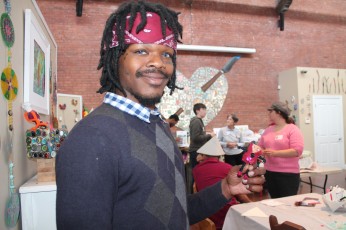



According to the most recent comprehensive data available from Youth REACH MD, more than 1,400 young people in Baltimore City, unaccompanied by parents or guardians, are without a safe, stable and affordable place to call home. Moving between friends’ couches, emergency shelters, and the street, these young people undergo persistent insecurity and trauma. Nearly 40 percent reported feeling unsafe where they stayed the night before.
In “No Place to Call Home,” youth homelessness advocate and freelance author Megan Lucy examines Baltimore’s current landscape of services and supports, chronicles national best practices for supporting homeless youth, and makes recommendations for how the city can best move forward.
Lucy finds Baltimore’s emergency shelters, transitional housing programs, and permanent, affordable housing programs are unable to meet existing demand for their services. Operating at full capacity every day, these service providers have to place young people on long waiting lists for assistance.
This challenge is magnified by the fact that many homeless youth are afraid to seek out the help they most need. They worry that they will be drawn into, or back into, the child welfare or juvenile justice systems.
Other cities and states have developed comprehensive and strategic housing and service delivery systems, which create a more secure safety net for this vulnerable population. Programs in Oregon, Milwaukee, Toronto and Washington state provide models for Baltimore to consider.
The report calls on city leaders and advocates to:
Report updated January 23, 2017